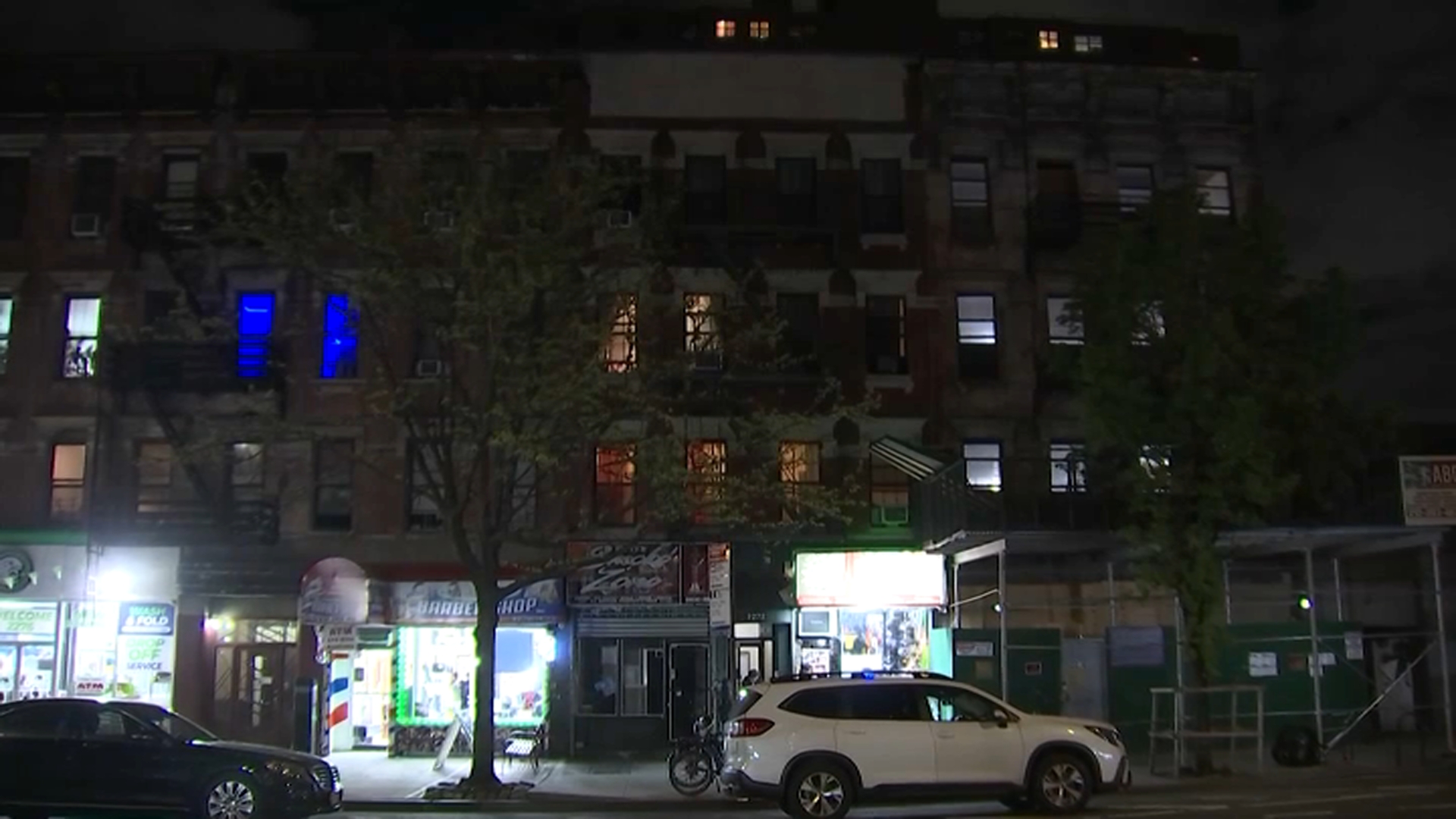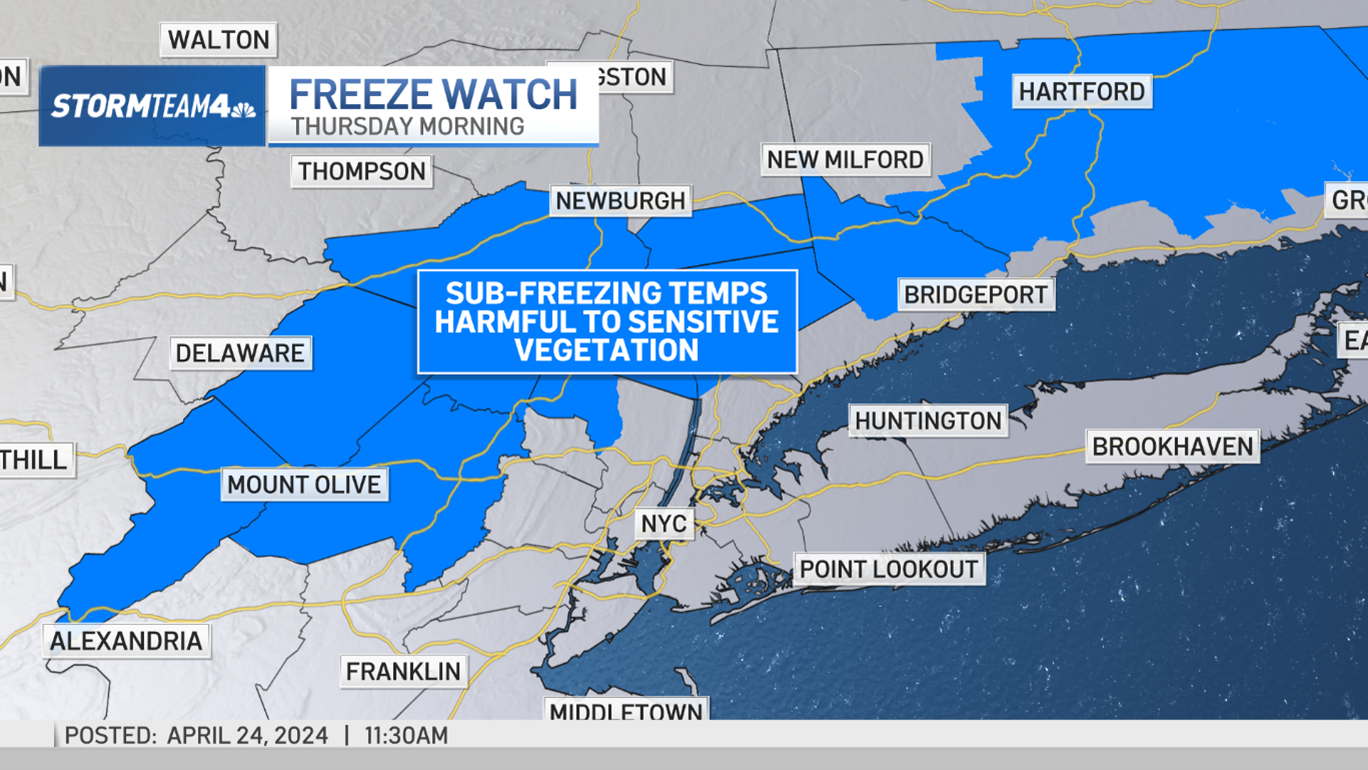What to Know
- The number of homeless people living in the subways up more than 20 percent from last year, according to a report released by the MTA
- To address the homelessness crisis on city subways, which has increased from 1,771 individuals last year to 2,178, a plan was also announced
- The findings come as a result of the report that Gov. Andrew Cuomo commissioned in July
The number of individuals who are homeless and living in the subways is up more than 20 percent from last year, according to a report released by the MTA task force in conjunction with the state-led Office of Temporary and Disability Assistance.
To address the homelessness crisis on city subways, which has increased from 1,771 individuals last year to just shy of 2,178 this year, a five-point plan was also announced Friday.
"The numbers went up -- fairly significantly -- in the subway system," MTA Managing Director Ronnie Hakim said. "We have to try – we are a group of compassionate people who have got to take this very seriously."
The findings come as a result of the report that Gov. Andrew Cuomo commissioned in July, and have subsequently prompted the creating of the five-point plan.
The plan includes:
- expand patrol in city subways by at least 50 percent to keep the transportation system safe and secure;
- expland outreach with more state oversight of the city’s social services;
- educate the public on the MTA Rules of Conduct in an effort to inform the public of the assistance available to those experiencing homelessness;
- improve interagency cooperation to support homeless outreach between the MTA, DHS and OTDA;
- have the MTA Inspector General oversee and evaluate the implementation of these recommendations and other related efforts on a regular basis.
According to the task force, the five-point plan will ensure that the individuals facing homelessness and using the transit system as a
de facto shelter" are "offered the services necessary to move to appropriate housing, and address physical and mental health needs.”
Local
Additionally, the OTDA will require the city to make these improvements quickly and will monitor progress through the implementation of strict performance standards and regular reporting.
The recommendations, most of which are already underway, according to the task force, "will bring expedited assistance to New Yorkers in need who are inappropriately seeking shelter in the transit system, while helping to improve the overall experience for the system’s 8 million daily riders.”
However, critics worry the outreach is actually a crackdown on poverty and homelessness.
Meanwhile, Hakim says the MTA "will in fact encourage people to accept services and get the help they need."
Additionally, the outreach focus will be at “terminal stations” like Whitehall on the W Train, South Ferry on the 1, WTC on the E train and other places where trains linger for a longer time in order for outreach workers to have a better chance to interact with homeless, according to the task force.
In a statement, city spokeswoman Avery Cohen said: “Together with the MTA, we’re committed to collaboratively addressing the citywide challenge of homelessness that built up over decades. Through the City’s unprecedented investments in outreach, we’ve helped more than 2,200 New Yorkers off the streets and subways and into transitional and permanent housing programs, including more than 600 out of the subways specifically—and we’re squarely focused on taking that progress further. As outlined in our recent letter to our State partners, we’re continuing to implement the enhancements and expansions to those efforts that we announced this summer.”
Michael Hein, the commissioner for the state’s Office of Temportary and Disability Assistance, shared similar sentiments.
“Gov. Cuomo’s intervention has put a direct spotlight on this issue and has resulted in renewed action by many and a clear focus for MTA, New York City and all others going forward,” Hein said in a statement. “These recommendations will help those in need better access essential services, as well as improve MTA’s overall service for its eight million daily riders.”



